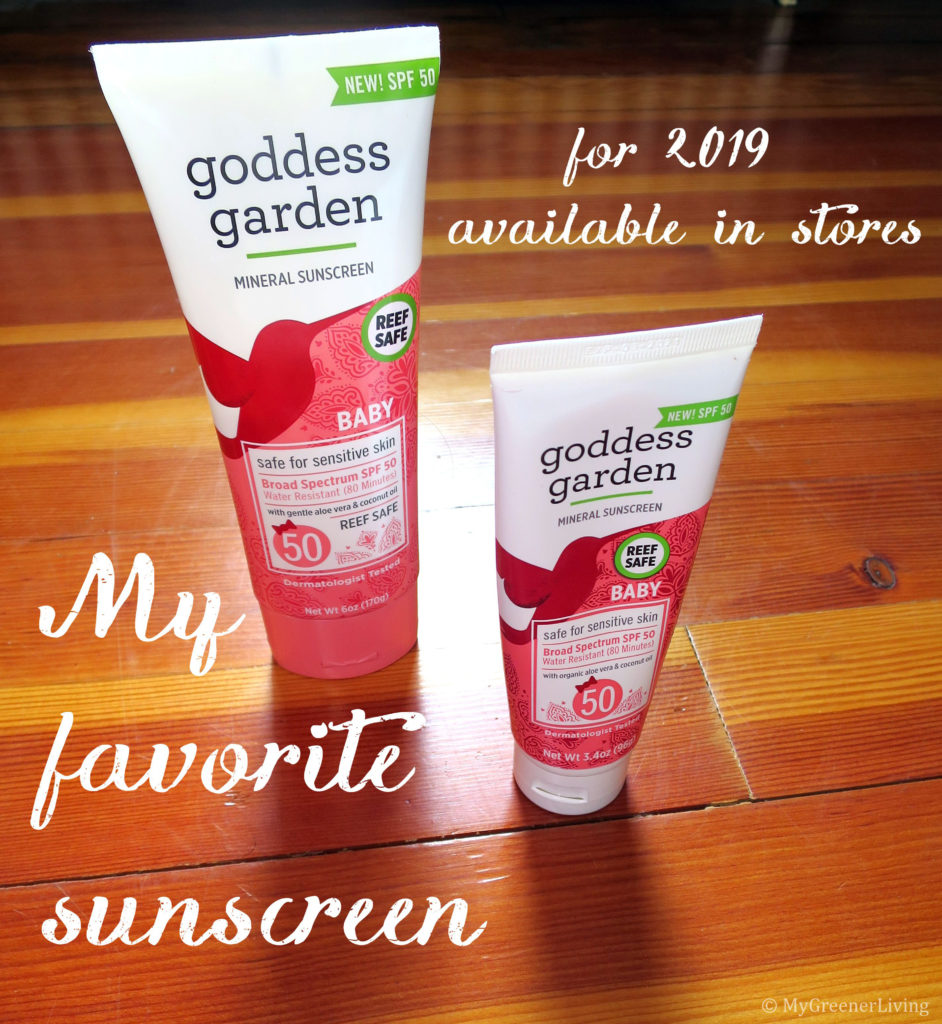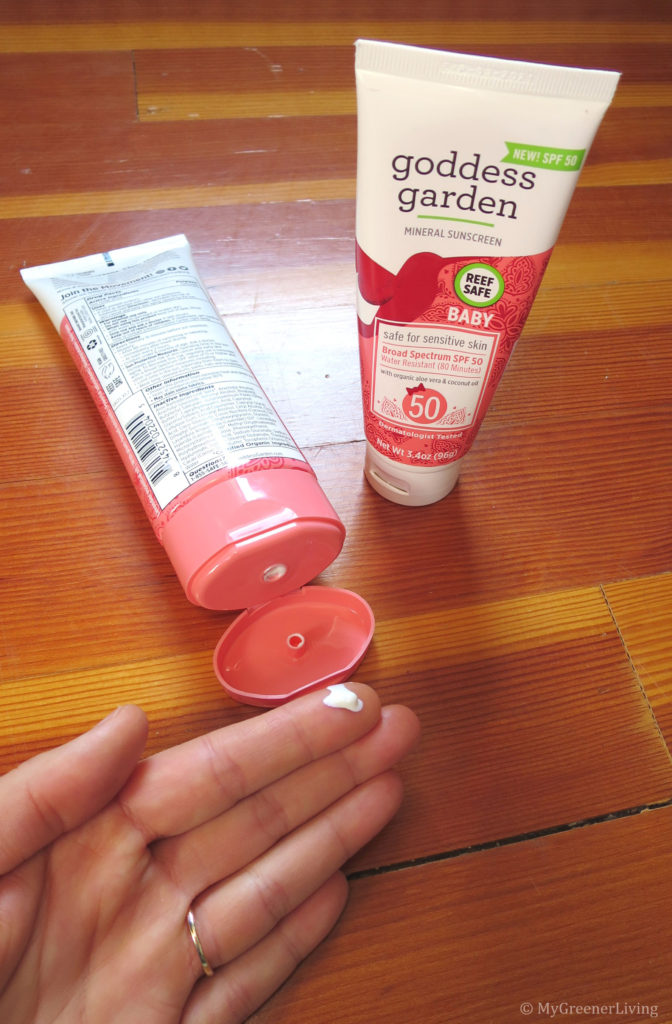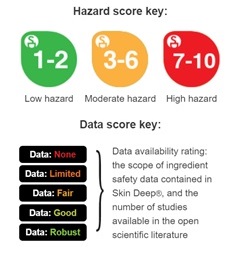I finally upgraded my 20+ year old dishwasher to a new, energy efficient one. The specs say it uses 2.6 – 7 gallons (9.9-26.6 liters) of water per wash, depending on the wash cycle and sensed dirtiness level. There is no electric heat dry option like my old dishwasher, just condensation dry; no more wasted electricity when the water would evaporate dry anyway, and it’s gentler on my dishes. On top of those environmental benefits to my new dishwasher, it also cleans my dishes way better, and is much quieter. I consider it quite the win!

Disclaimer: This post contains affiliate links. See my Disclosure Policy for more information.
Immediately after getting a new dishwasher, I finished a jar of minced garlic. Being a big fan of upcycling and glass jars, I wanted to reuse this. I rinsed the jar and lid then placed them in my new dishwasher. After running the dishwasher the first time, the dishwasher and everything in it that was not glass, ceramic, or stainless steel reeked of garlic. It was bad. Really bad. This was literally a brand new dishwasher and I garlic-stunk it the FIRST time I used it. I was pretty annoyed with myself, but also determined to find a solution that did NOT involve strong, potentially harmful synthetic chemicals.
I remove garlic smell naturally – with citric acid
First I tired running the dishwasher with 2 cups vinegar on the hottest setting. This didn’t seem to make any difference. Then I found a suggestion to use lemon juice. I didn’t want to waste use that much lemon juice, but remembered that I had citric acid from dishwasher detergent/soap recipe experiments. Not wanting to waste more water or electricity running the dishwasher empty again, I erred on the side of caution and made sure I only had glass, ceramic, and stainless steel in the dishwasher. Then I put my usual dish soap in the soap dispenser, and 1/4 cup citric acid in the dishwasher tub. I ran the dishwasher on the “heavy” cycle – this used the hottest water of any cycle. After, the smell was SIGNIFICANTLY decreased. Not completely gone, but no longer overpowering. Win!

At this point, I decided to switch to using my dishwasher as I normally do – no limitations on what items went in (e.g. I put my silicone spatulas in the dishwasher), and run on the normal cycle – however I kept adding 1/4 cup citric acid to the dishwasher tub right before starting the wash, until the smell was gone. For me, it took 4 wash cycles until I felt the smell was gone. But now, I am back to having a stink-free, nearly brand new, efficient dishwasher!
Process for removing garlic smell from dishwasher
If I hadn’t had a brand new dishwasher and known that the garlic smell was not coming from trapped food particles, this is the process I would have followed to attempt to remove the smell. Once the smell has been removed, the process can be stopped and following steps can be skipped.
- Empty contents of dishwasher – glasses, plates, utensils, etc.
- Remove and clean the filters from the bottom of the dishwasher tub, following the dishwasher manufacturer’s instructions. There is a chance the smell is coming from food particles trapped in this filter.
- Inspect the inside of the dishwasher to see if food particles are trapped anywhere else. Check the spinning dishwasher arms where the water comes out, along the door seal, any seams in the tub, or crevasses along internal water pipes. Remove any trapped food particles.
- If steps 2 and/or 3 did not uncover likely a likely culprit for the smell, pour 1/4 cup citric acid into the dishwasher tub before running the dishwasher. *It seemed to work fine for me to do this while washing dishes and using my normal dish soap in the dishwasher’s soap compartment).*
- Repeat step 4 until the smell is gone. It took me 4 washes with citric acid for the smell to be removed.
- Enjoy a stink-free dishwasher, and the satisfaction that it was cleaned without harmful synthetic chemicals!
This citric acid in the dishwasher tip may be effective to remove other smells as well. I have not had other opportunities (fortunately!) to test, but if ever I need to remove smells from my dishwasher, I plan to try this process first.

Cost
Since this garlic smell remover can be safely added to a regular dishwasher cycle with dishes, I am including only the cost of the citric acid. Now that I know the solution that works, I know that I won’t have to wash my dishes or run my dishwasher any differently for this effective garlic smell remover to work. Also, I use food grade citric acid (I purchased this variety so I could use it in my food recipes, too – I like multi-purpose item!), so if by any chance any of the citric acid does not fully rinse off my dishes, it will not be harmful. Prices listed are current at the time of the writing of this post.
Citric acid: $14.99 for 5 lb=2268g. 1/4 cup citric acid weighs about 57g. ($14.99/2268g)x(57g/.25cup)=$0.38 per 1/4 cup.
Cost per dishwasher cycle with 1/4 citric acid: $0.38
Cost for me to remove garlic smell from my dishwasher (4 dishwasher cycles, 1 cup citric acid): $1.52
Another Lesson Learned
I learned another lesson with this whole experience. If I ever used jars of minced garlic again, I will hand wash the empty jars. And I’ll use some citric acid when I hand wash, to remove the garlic smell!
A note about frugality
This blog, and most others that I have found, discuss frugality almost entirely in terms of money. I find it very important to consider frugality in terms of my time, as well. For me, typically money is the first consideration to frugality, then money, but both are considered. This post is a perfect example. It would cost less money to hand wash my dishes than to buy a dishwasher. Even considering the cost of water, and heating the water. Even if I used twice as much, or 5 times as much water, probably even if I used 10 times as much water to wash the dishes that fill my dishwasher.
While my money is valuable, so is my time. Having an efficient dishwasher that consistently cleans my dishes thoroughly without requiring me to pre-rinse or pre-wash my dishes (I just scrape and large food pieces into the trash/compost/sink with garbage disposal) is extremely valuable to me because it frees up my time to do things that are more valuable and more fulfilling to my life.
Purchasing this dishwasher was a time-frugal choice that I made. I am very satisfied with this decision. It is decisions like this that improve the overall quality of my life in small but meaningful ways. Something like this might give me 5 or 10 more minutes each night to spend quality time with my family, that that’s what really matters.







